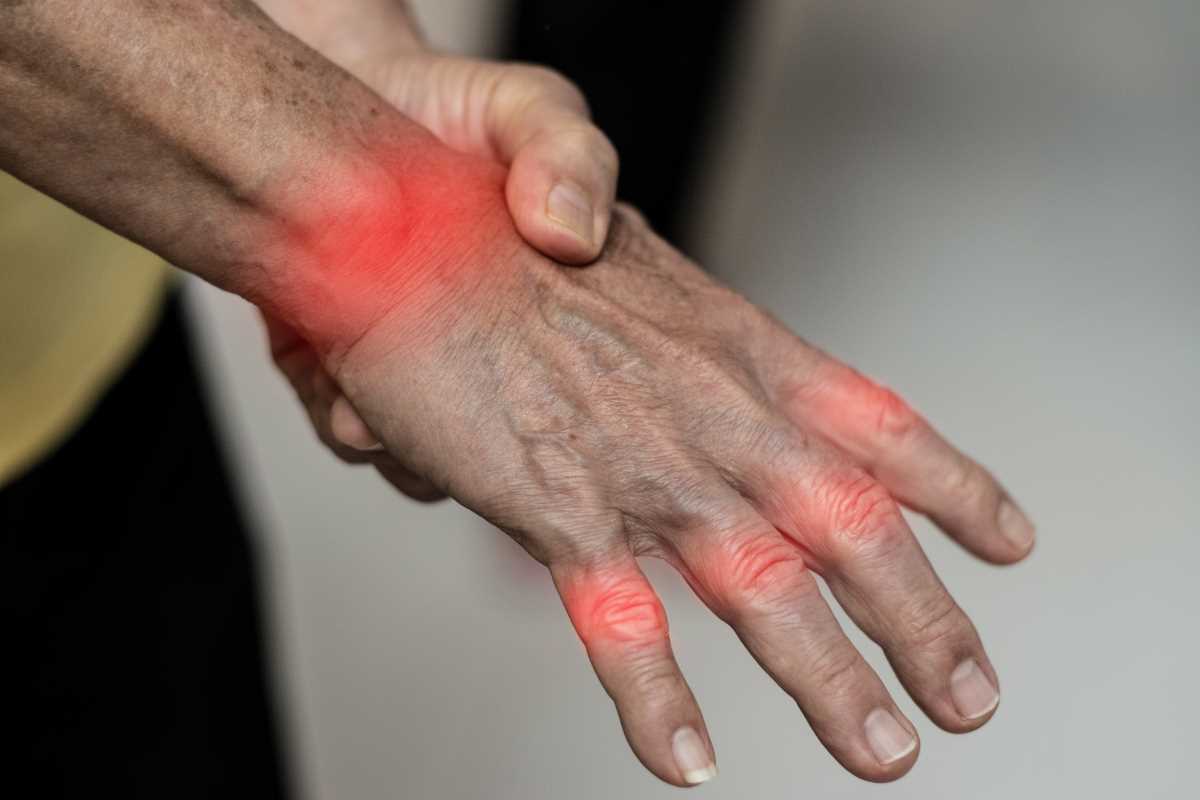Raynaud's Disease is a medical condition that affects blood flow to certain body parts, typically the fingers and toes. It is particularly relevant to workers operating in cold climates, where prolonged exposure to low temperatures can exacerbate symptoms. Understanding Raynaud's Disease is crucial for both employers and employees to ensure a safe and productive working environment in cold settings.
Recognizing the signs of Raynaud's disease can lead to early intervention and effective management for individuals working outdoors or in environments with fluctuating temperatures. This article explores the symptoms, causes, impact, and preventive measures associated with Raynaud's Disease, providing valuable insights for those affected by or working alongside individuals with this condition.
Symptoms and Causes of Raynaud's Disease
Raynaud's Disease manifests through distinct symptoms, primarily affecting the extremities. The onset is typically triggered by exposure to cold temperatures or emotional stress, leading to the narrowing of the blood vessels in the fingers and toes.
The common symptoms of Raynaud's Disease include:
- Color changes in the skin, especially in the fingers and toes, turning white or blue in response to cold or stress.
- Numbness or a prickly feeling upon warming or stress relief.
- Coldness in the hands or feet.
- Throbbing or swelling after the affected areas warm up.
The primary cause of Raynaud's Disease involves an exaggerated vascular response to cold temperatures or stress. In cold environments, the blood vessels constrict more than necessary, limiting blood flow and leading to the characteristic symptoms. While the exact cause is not fully understood, factors such as genetics, underlying health conditions, and environmental exposures play significant roles in the development and severity of the disease.
Impact on Cold Climate Workers
Workers in cold climates often face unique challenges due to Raynaud's Disease, which can significantly affect their job performance and overall well-being. The condition poses health risks and impacts daily tasks and productivity.
The specific challenges faced by cold climate workers with Raynaud's Disease include:
- Reduced Dexterity: Limited blood flow can cause numbness and weakness in the hands, making it difficult to perform tasks that require fine motor skills.
- Increased Risk of Injury: Impaired sensation can lead to unnoticed injuries, such as cuts or bruises, which may become more severe if not promptly addressed.
- Decreased Productivity: Discomfort and pain can hinder concentration and stamina, decreasing efficiency and longer recovery times.
- Thermal Stress: Managing body temperature becomes more challenging, increasing the risk of hypothermia and frostbite in severe cases.
- Psychological Strain: Chronic pain and the unpredictability of symptoms can contribute to stress, anxiety, and reduced job satisfaction.
Preventive Measures and Management Strategies
Preventing and managing Raynaud's Disease requires a multifaceted approach, particularly for workers regularly exposed to cold environments. Implementing effective strategies can mitigate the severity of symptoms and improve the quality of life for workers affected by the condition.
Some of the key preventive measures and management strategies include:
Wearing appropriate clothing is essential. Layering garments helps retain body heat, and using insulated gloves and footwear can protect extremities from extreme cold. Maintaining a consistent body temperature through regular breaks in warm areas can prevent sudden temperature drops that trigger Raynaud's episodes.
Managing stress is equally important, as emotional stress can exacerbate symptoms. Techniques such as deep breathing, meditation, and regular physical exercise can help reduce stress levels. In some cases, healthcare professionals may prescribe medications that dilate blood vessels to improve blood flow and prevent attacks.
Occupational Health Guidelines for Affected Workers
Employers and workers should follow established occupational health guidelines to support those affected by Raynaud's Disease. These guidelines emphasize the importance of risk assessment, appropriate workplace accommodations, and access to medical resources.
Providing training and education about Raynaud's Disease can help create a supportive work environment. Employers should ensure that workers are aware of the symptoms and understand how to modify their work practices to minimize exposure to cold temperatures. Access to warm rest areas, ergonomic tools, and regular health check-ups are critical components of an effective occupational health strategy.
Fostering open communication between employees and management can improve the management of Raynaud's Disease. Encouraging workers to report symptoms early allows for timely interventions, reducing the risk of severe complications and enhancing overall workplace safety.
Awareness of available resources, such as counseling services and occupational health specialists, can further help manage the condition. Ensuring that workers have access to comprehensive health care support improves individual health outcomes and contributes to a more resilient and productive workforce.
Raynaud's Disease poses significant challenges for workers in cold climates, affecting their health and job performance. Understanding the symptoms and underlying causes is essential for early detection and effective management. Implementing preventive measures and adhering to occupational health guidelines can mitigate the disease's impact, ensuring a safer and more supportive work environment. Awareness and proactive interventions are key to enhancing the quality of life for those affected by Raynaud's Disease in cold settings.
 (Image via
(Image via





